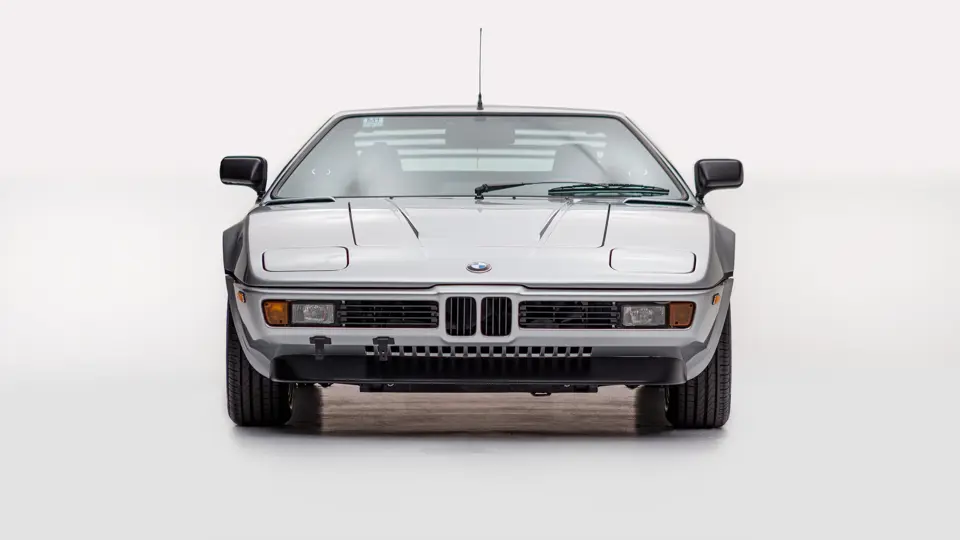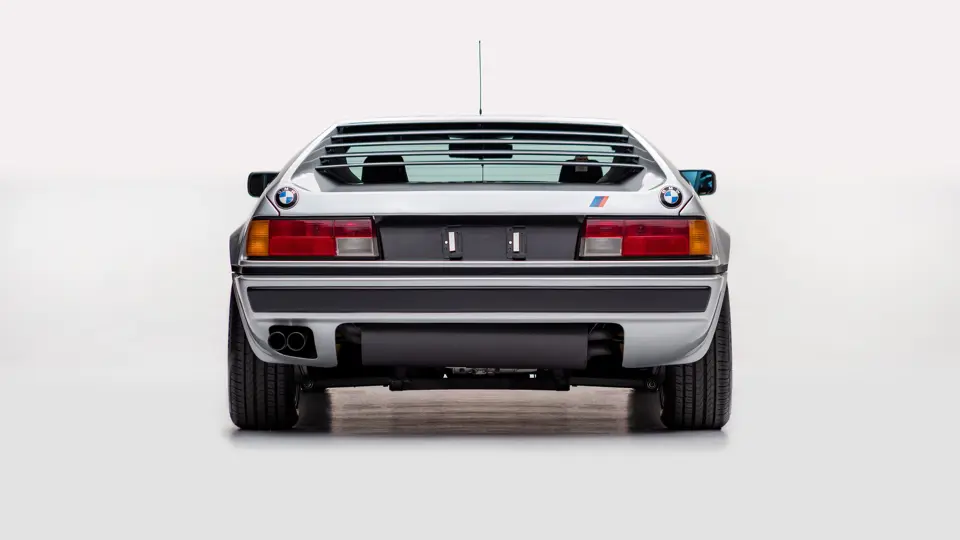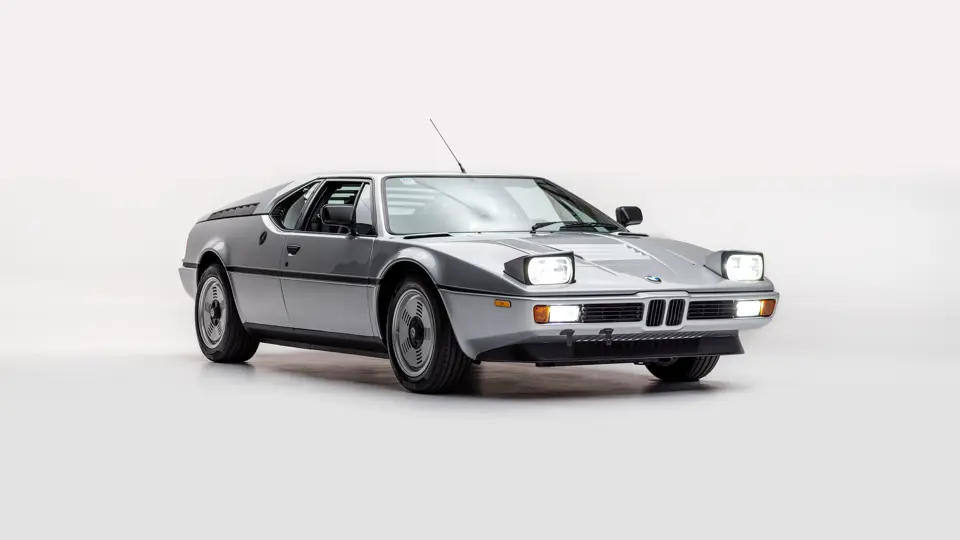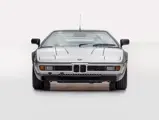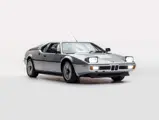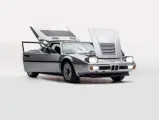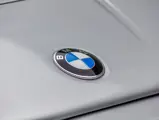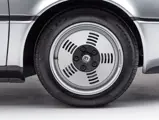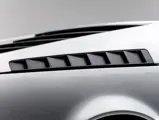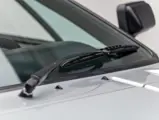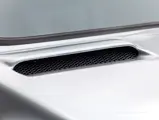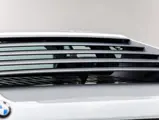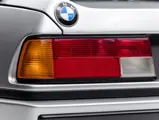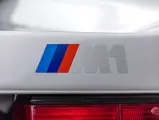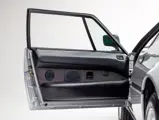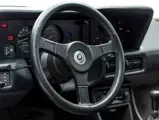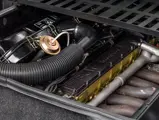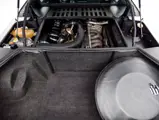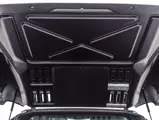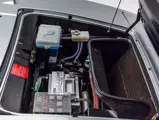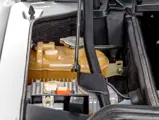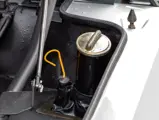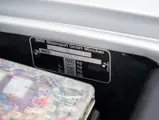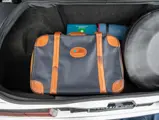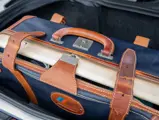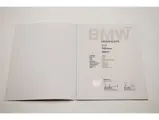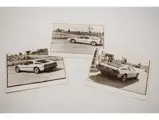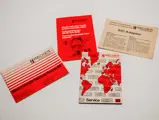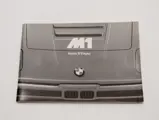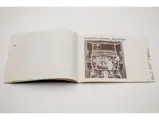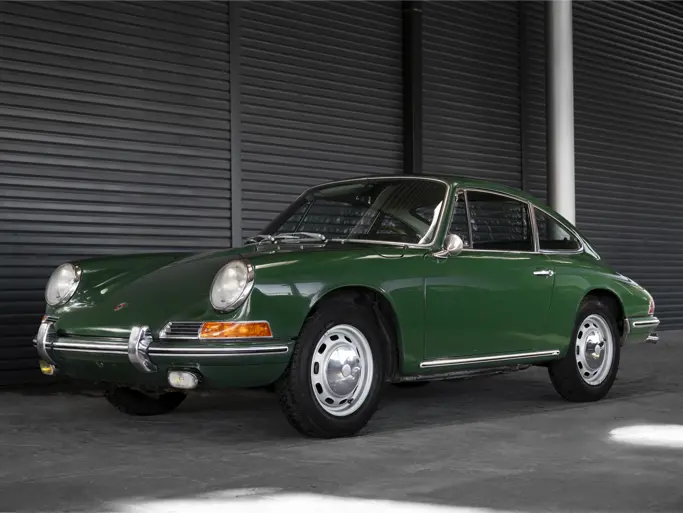
1981 BMW M1
{{lr.item.text}}
$742,000 USD | Sold
{{bidding.lot.reserveStatusFormatted}}
- One of just 399 road-legal examples and one of only three finished from the factory in silver, according to BMW M1: The Story
- Well-preserved and conscientiously maintained with numbers-matching engine; documented to have driven fewer than 17,200 km (10,688 miles) from new
- Manufacture date of 23 February 1981; originally delivered to the official BMW dealer in Bois d’Arcy, France on 27 March 1981
- Fitted with a new clutch in 2013; repainted in factory-correct Polaris metallic in 2014 by the team of marque expert and Procar driver Axel Hagemann, founder of the BMW M1 Club
- Well-detailed interior, believed to be original, retaining distinctive black leather seats with fabric inserts
- An incredible and well-documented example; accompanied by official BMW Classic certificate, original books, tool kit, and original M1-branded suitcase
Among the rarest models BMW has ever built and the first to be created entirely under the purview of its elite M division, the M1 is a hand-built homologation special developed in the late-Seventies as the German automaker sought to compete at higher levels of motor sports. Intent on using a mid-engine layout, BMW initially contracted Lamborghini to develop the M1 chassis, its tubular steel spaceframe said to have been devised with input from noted Italian engineer Gianpaolo Dallara. Lamborghini’s ensuing financial struggles delayed development and dissolved the partnership, but a group of disenfranchised engineers from the Italian automaker banded together and founded their own company to complete the work. The final product was impressive, featuring a rigid spaceframe and sophisticated, double-wishbone suspension with adjustable coil springs and Bilstein gas-filled dampers. Angular fiberglass bodywork by noted designer Giorgetto Giugiaro gave the M1 visual appeal commensurate with its performance potential.
BMW’s newly developed M88 3,453-cubic-centimeter inline six-cylinder engine was mounted ahead of the rear axle and featured advancements such as six individual throttle bodies and mechanical fuel injection. In street spec the engine produced 277 horsepower at 6,500 rpm, 243 pounds-feet of torque at 5,500 rpm, and an adrenaline-pumping shriek at full throttle. A ZF five-speed manual transaxle with a limited-slip differential put power to pavement. The precise rack-and-pinion steering was unassisted.
BMW Motorsport initially planned to build enough of the mid-engine coupes to meet FIA Group 5 homologation requirements; however, rule changes during the car’s protracted development required a minimum of 400 examples be built to meet Group 4 regulations before the car could be homologated for Group 5. Rather than delay the racing program, BMW created a one-make series while it continued further development and ramped up enough production to meet the new requirements.
The all-new BMW M1 road car and the Procar BMW M1 Championship were announced concurrently in the spring of 1978. While Procar competition only lasted two seasons, running as a Formula One support series from 1979 to 1980, its popularity was undeniable. Street and competition versions of the M1 were produced in tandem, with around 450 units in total built from 1978 through 1981. Once homologation requirements were satisfied, the M1 was campaigned in various world championships, including the 24 Hours of Le Mans.
This 1981 BMW M1 is one of just 399 road-legal examples, and is believed to be the only one factory-finished in a special shade of silver metallic called Polaris, according to sources such as the book BMW M1: The Story. Two other M1s are said to have been produced in silver, but it is believed neither were in this specific metallic hue. The car completed manufacture on 23 February 1981 and was originally delivered to the official BMW dealer in Bois d’Arcy, France on 27 March 1981, according to an official certificate from BMW Classic dated 19 July 2016.
Documents on file indicate the car was exported from France to Japan in 1983 and registered in Osaka. It would remain in Japan for more than 20 years before being acquired and exported to Belgium in 2006. At this time, the odometer was logged as indicating 11,103 kilometers. In 2007, the car was serviced at BMW Delbeq in Seraing, Belgium and the odometer unit was replaced with a new one set to zero, according to service invoices on file. With 6,046 kilometers showing on the odometer at cataloguing time, the car is understood to have been driven fewer than 17,200 kilometers from new.
Other documented work by BMW Delbeq included replacing the roof gutter mouldings, ignition wires, ignition coil, steering tie rods, and brake components. An official certificate from BMW Belgium Luxembourg dated 22 January 2008 confirms the chassis number WBS59910004301424 is original to the car and was re-engraved on the vehicle at that time due to it being previously illegible.
Significant work carried out during its time in Belgium included replacement of the clutch in 2013 by an independent mechanic and a respray in factory-correct silver metallic Polaris in 2014 by the team of M1 expert, Procar driver, and founder of the BMW M1 Club Axel Hagemann.
In 2016, the consignor acquired the M1 and had it exported to the United States. Understanding the importance of the car’s provenance and its rare color, he secured certification from BMW Classic confirming its specifications, including the original color of Polaris metallic and matching chassis and engine numbers. A testament to its excellent condition and provenance, in August of that same year, the car was entered in the Carmel-by-the-Sea Concours on the Avenue in California, where it won first in class. In March 2017, it was shown at the Amelia Island Concours d’Elegance.
This incredibly well-documented, well-preserved, and rare M1 in a unique factory color is now offered with manuals, tool kit, copies of photos from its time in Japan and Europe, an original M1-branded suitcase, and a history file including the BMW Classic certification.




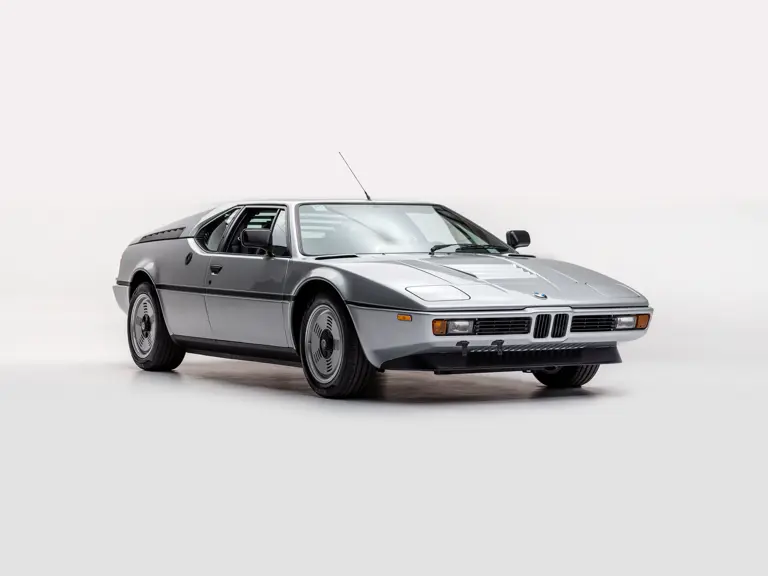
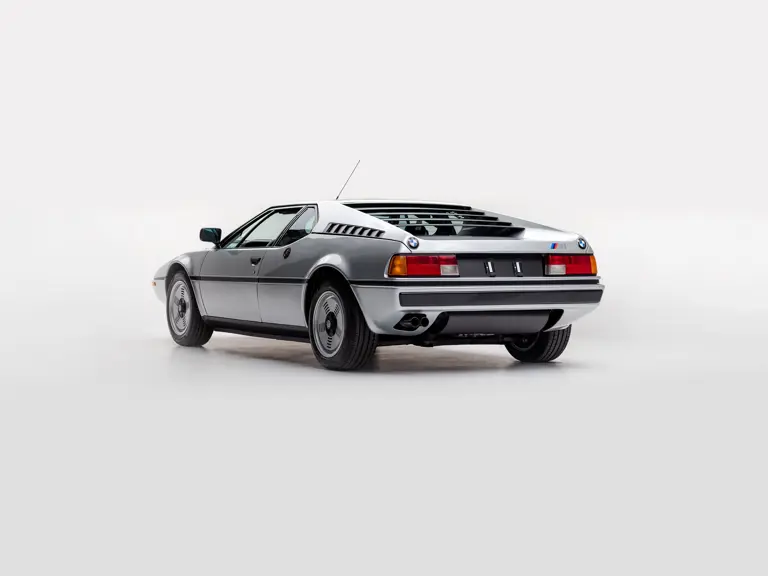
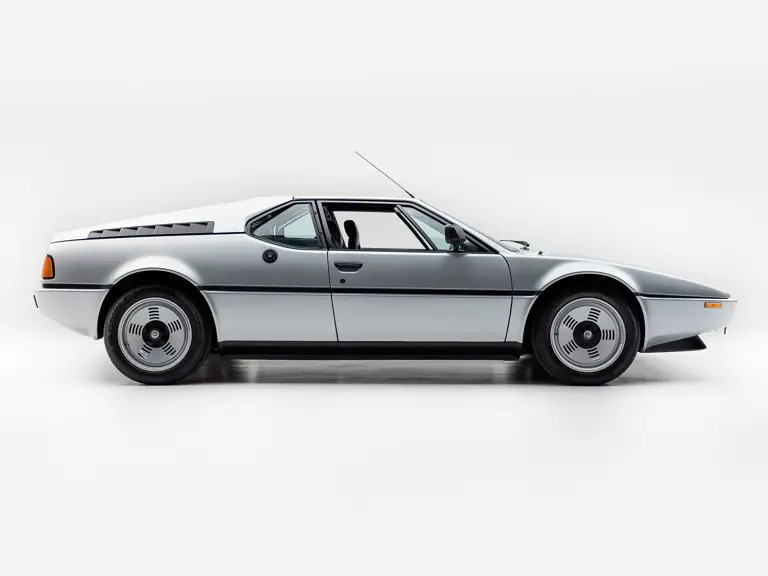
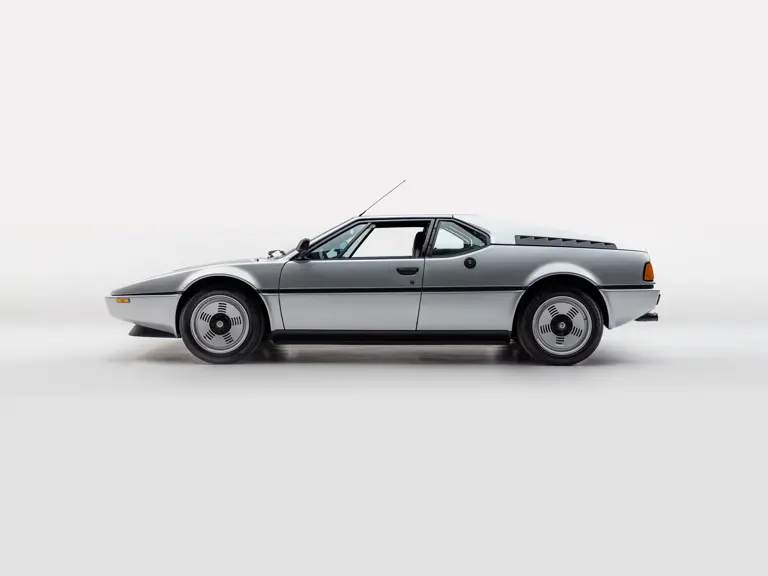

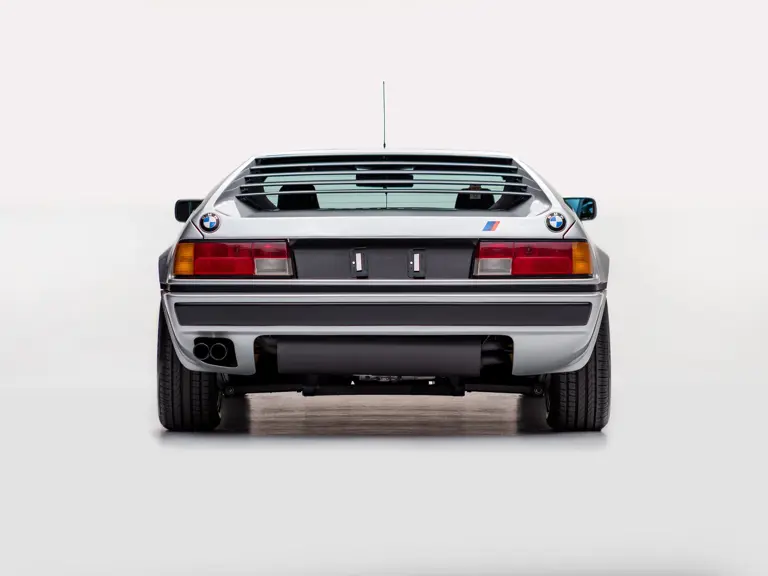
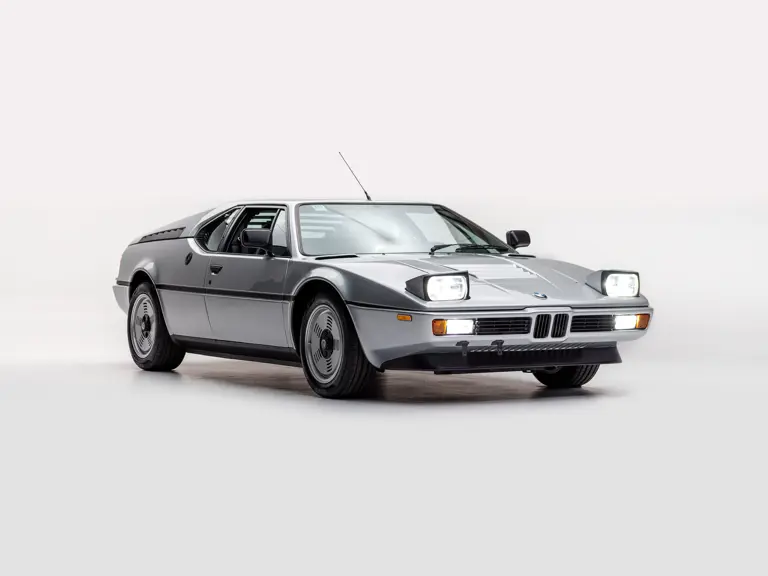

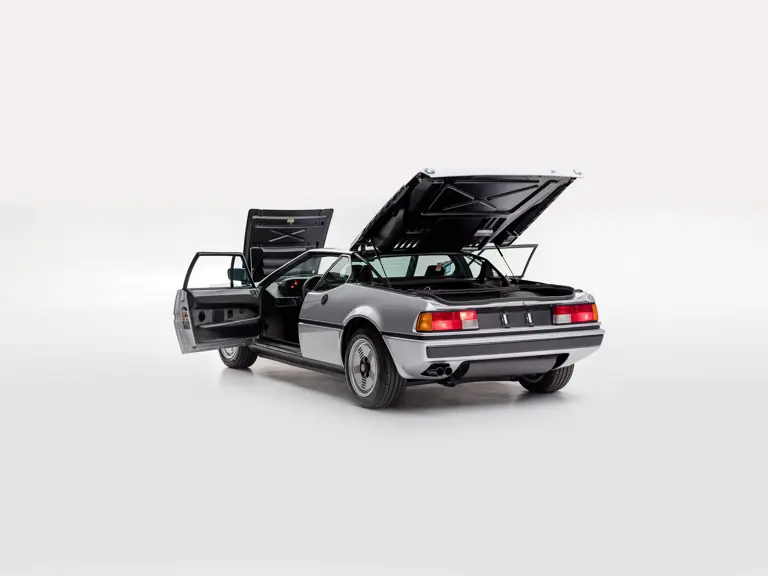
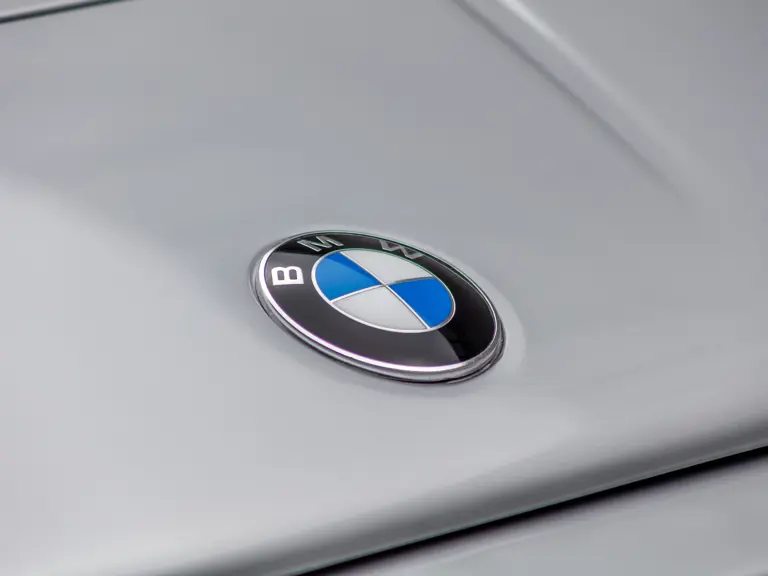
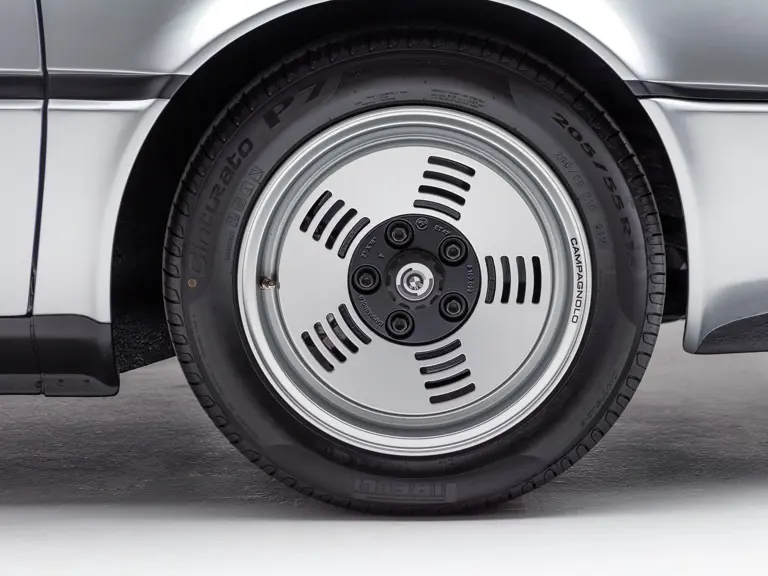

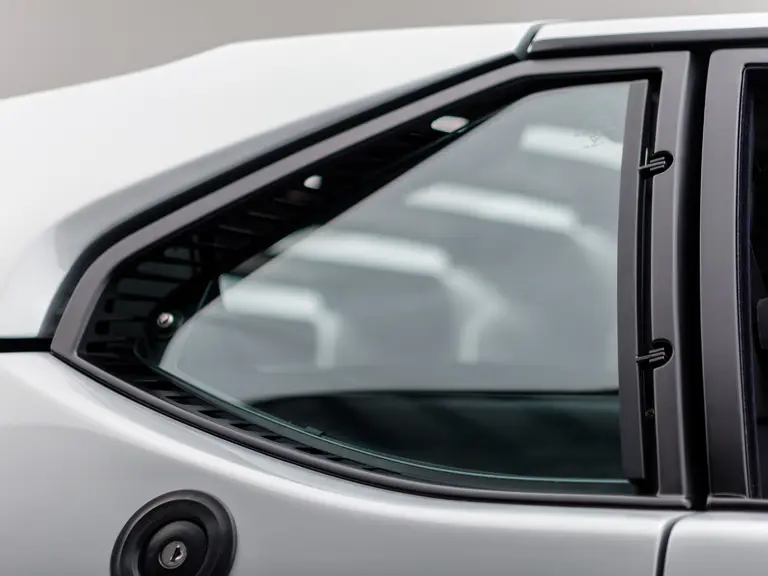

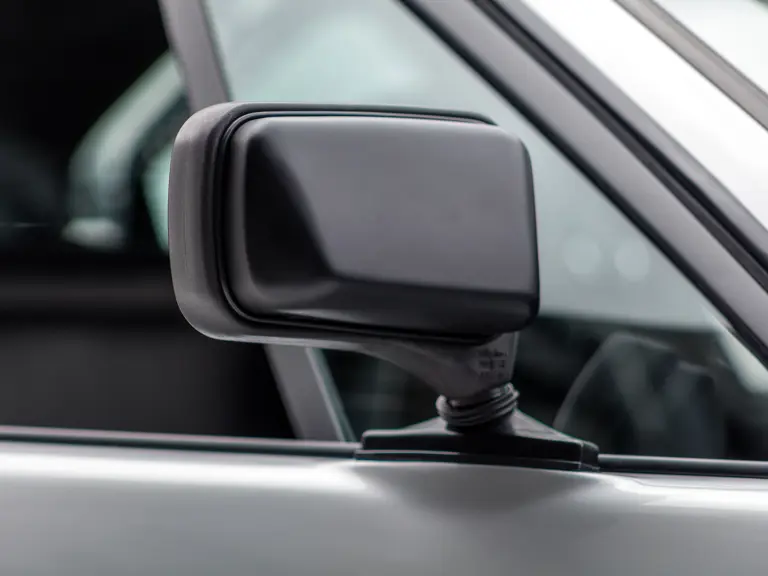
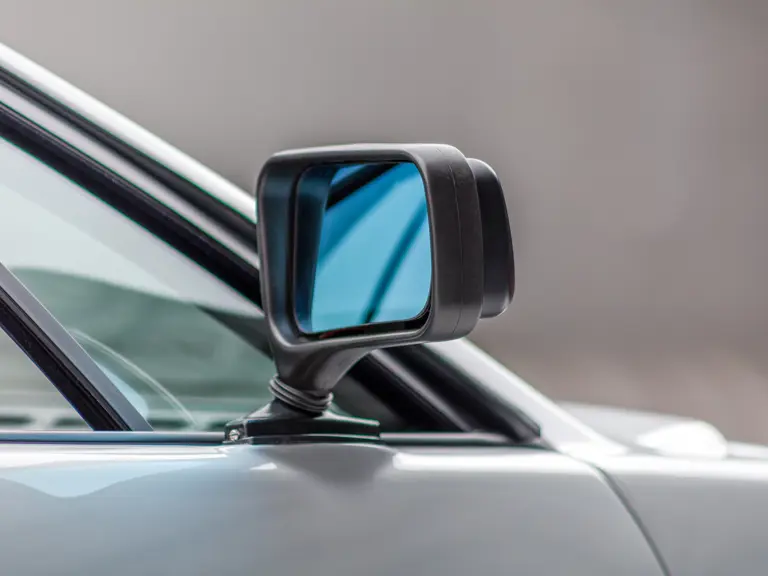
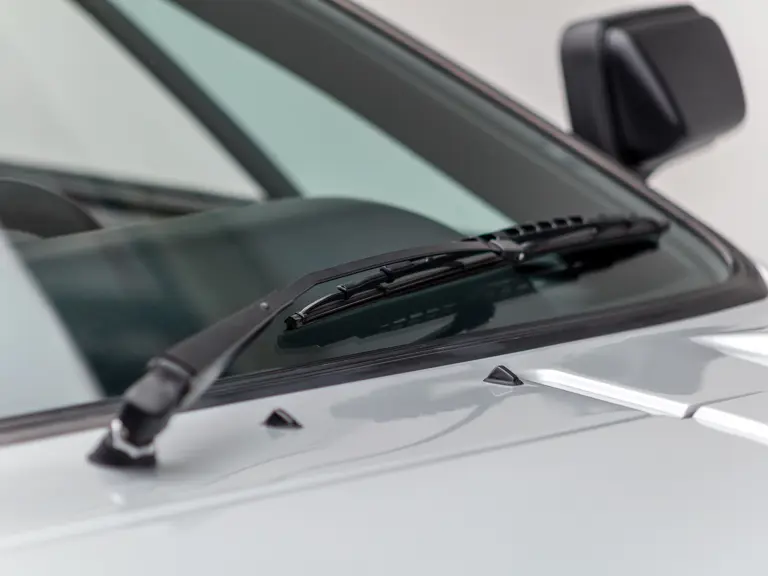
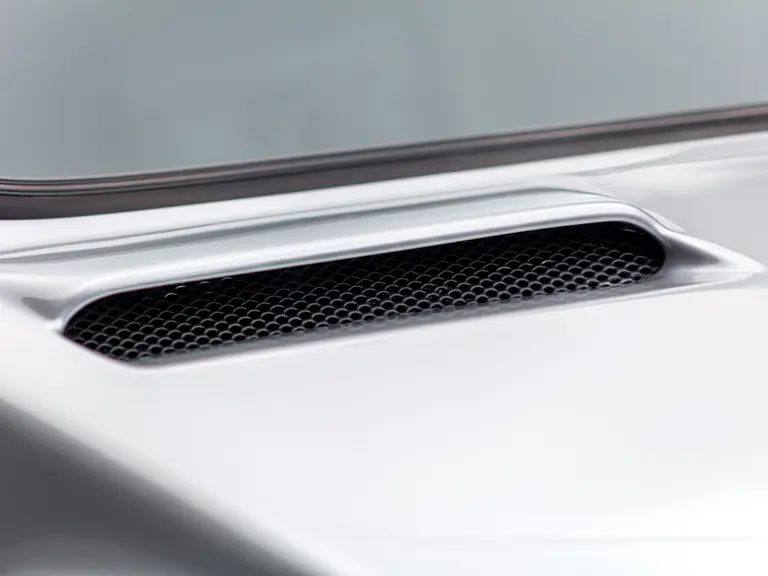
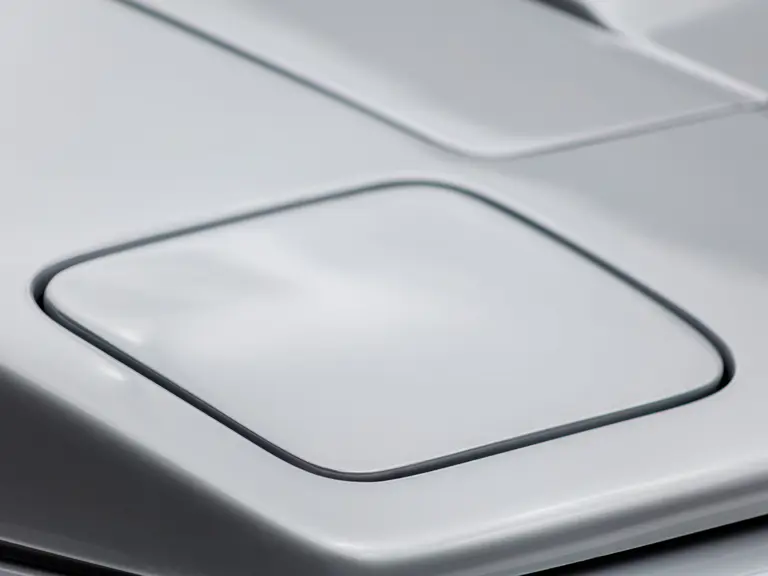

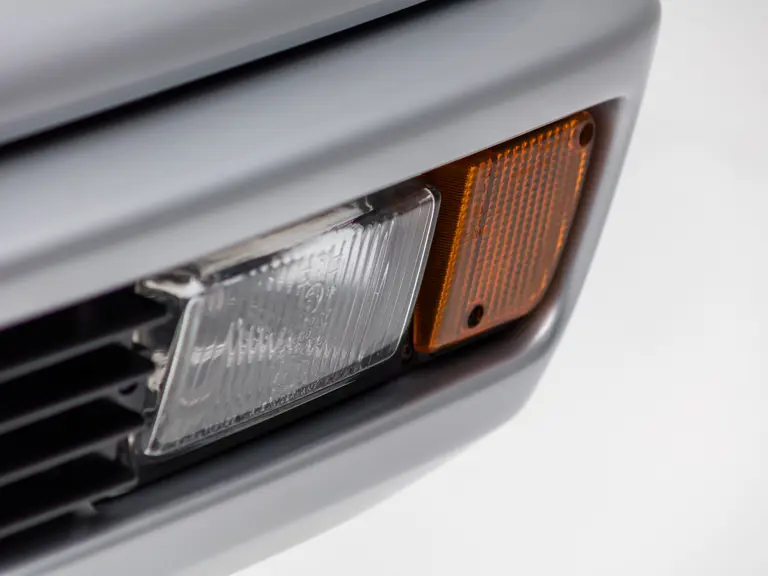
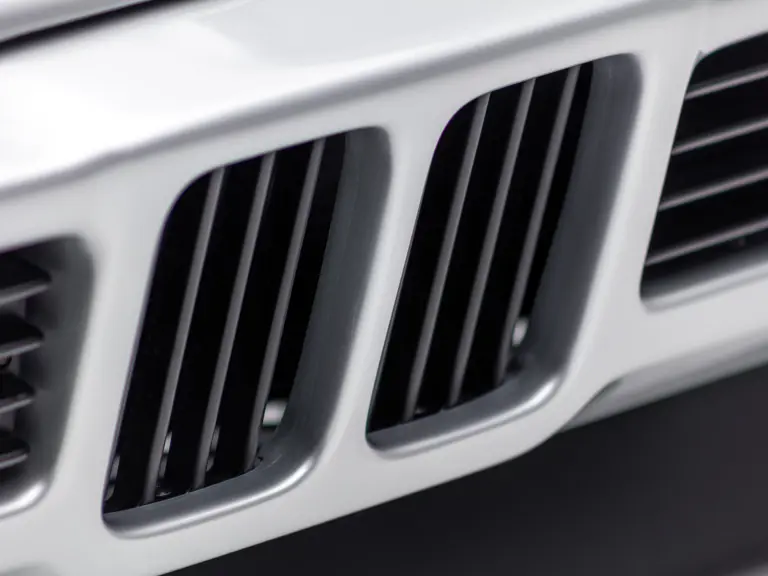
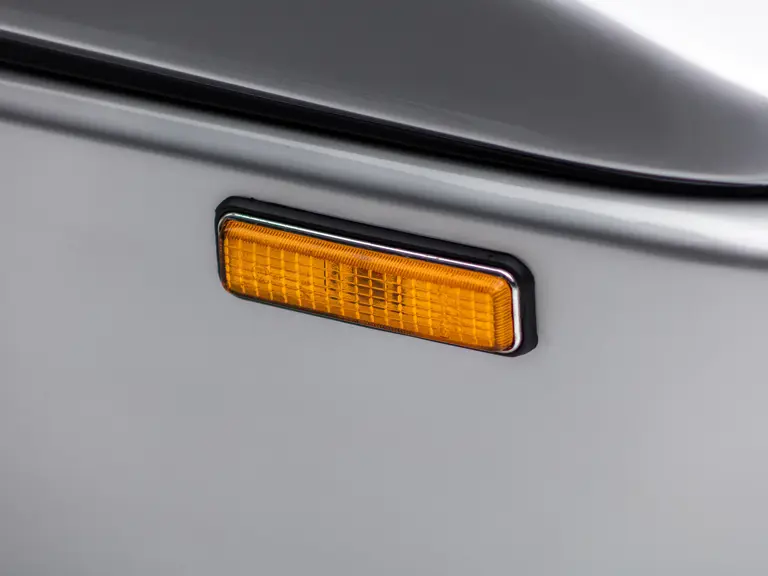
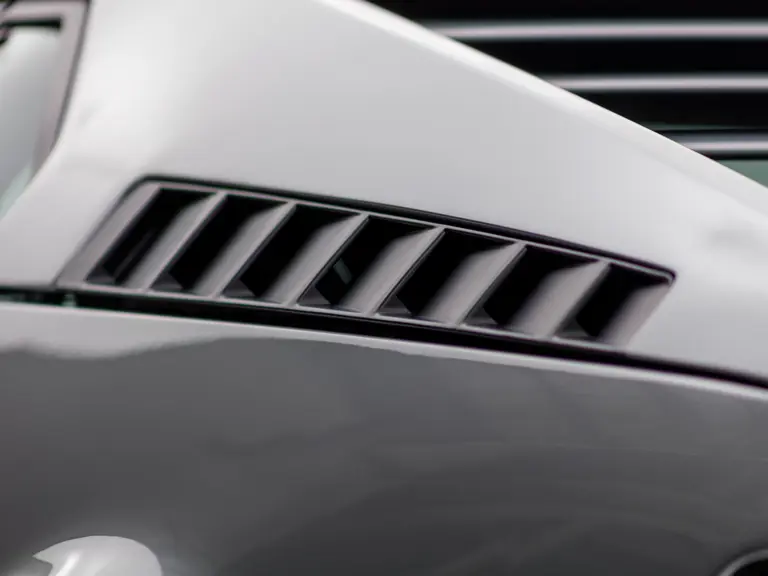
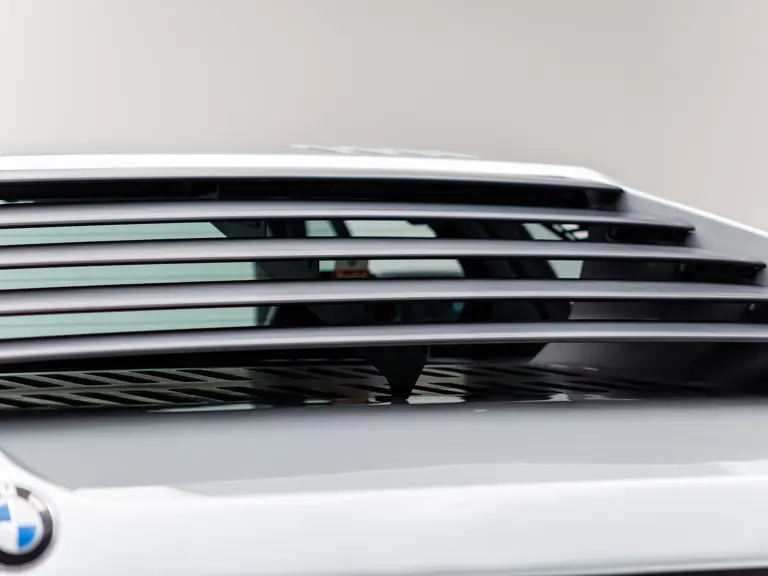
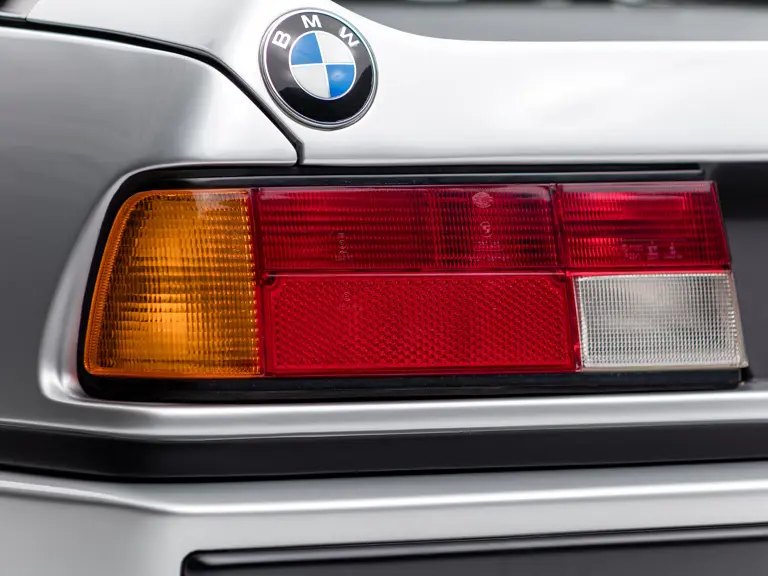
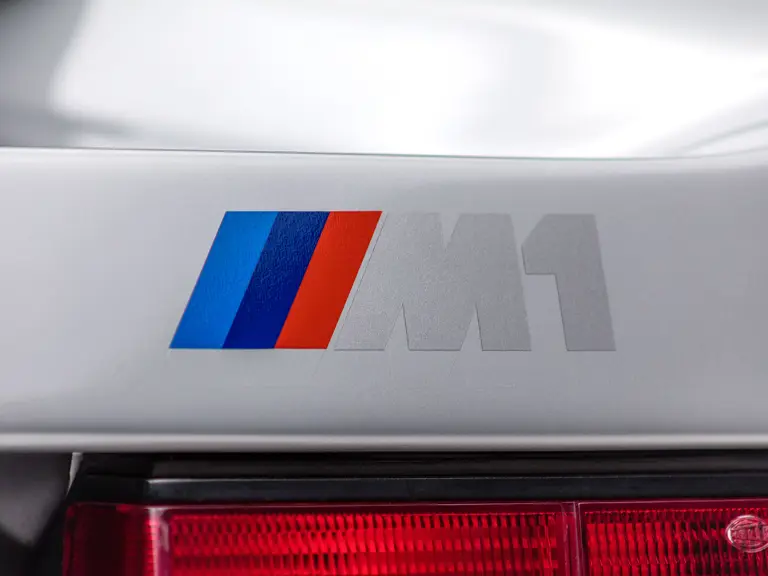
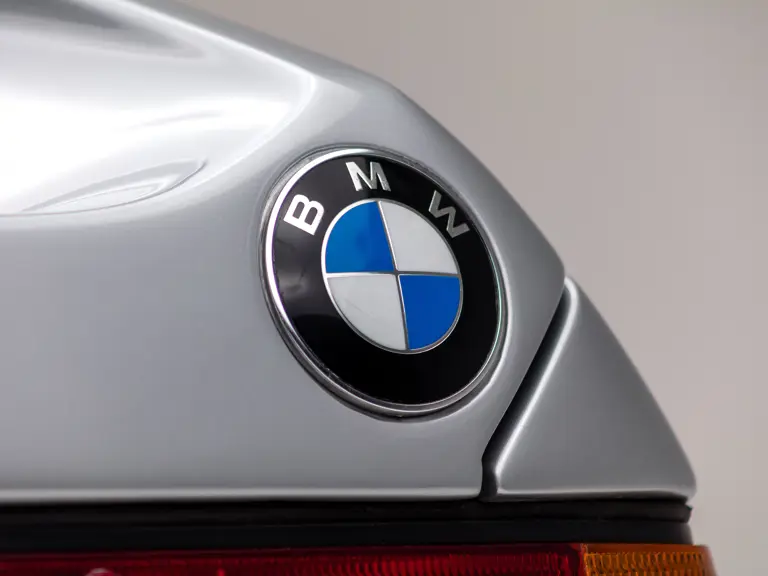
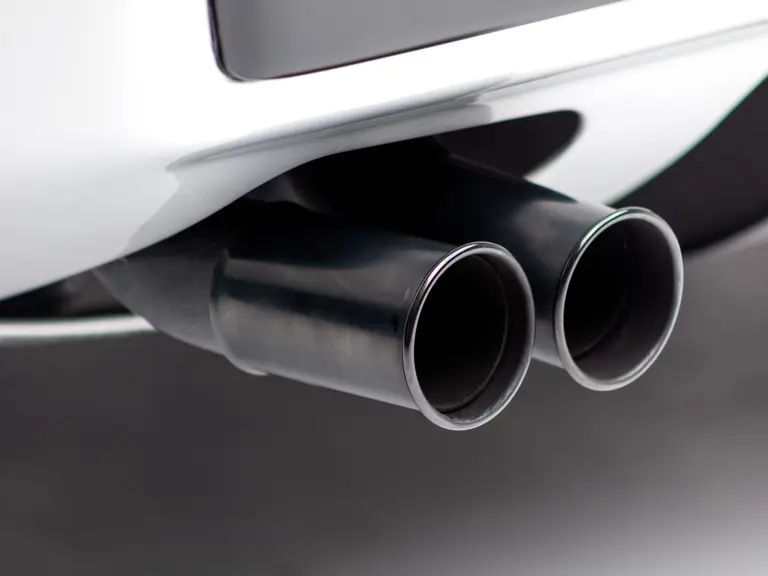
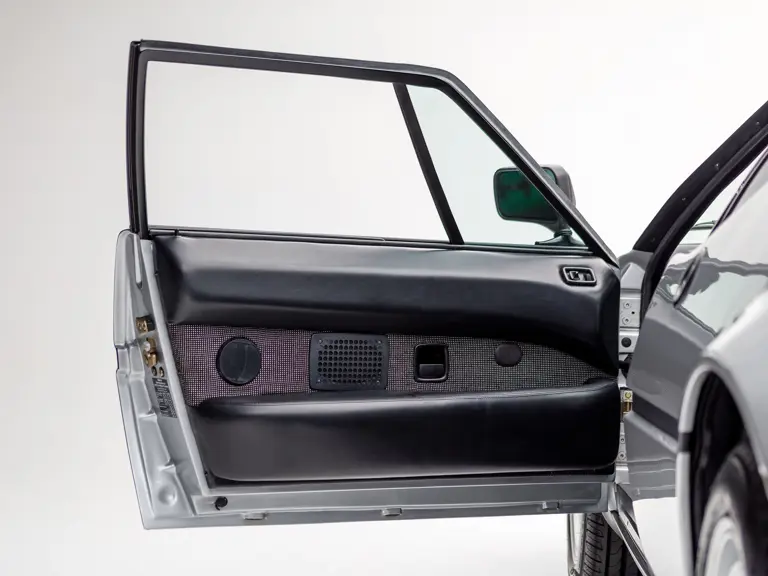
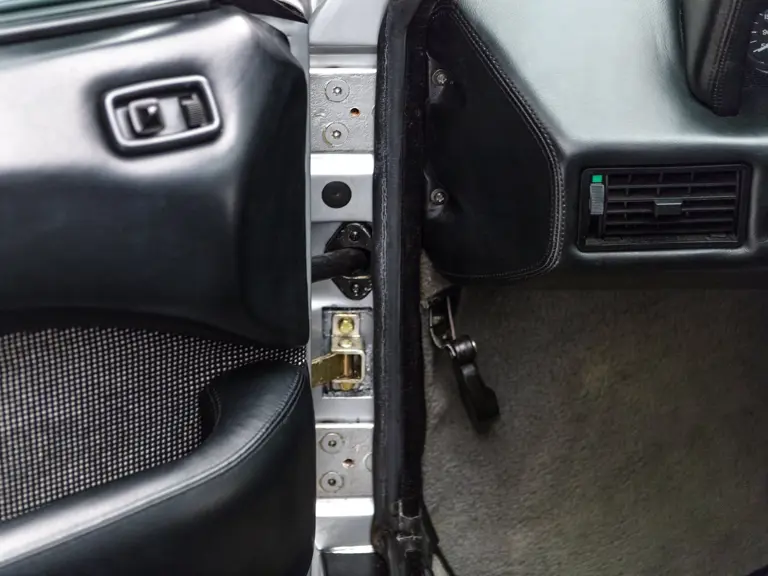
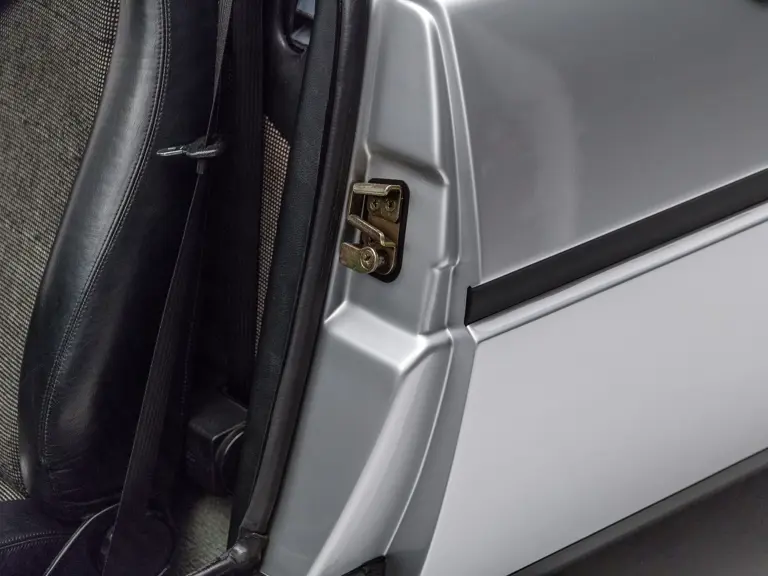
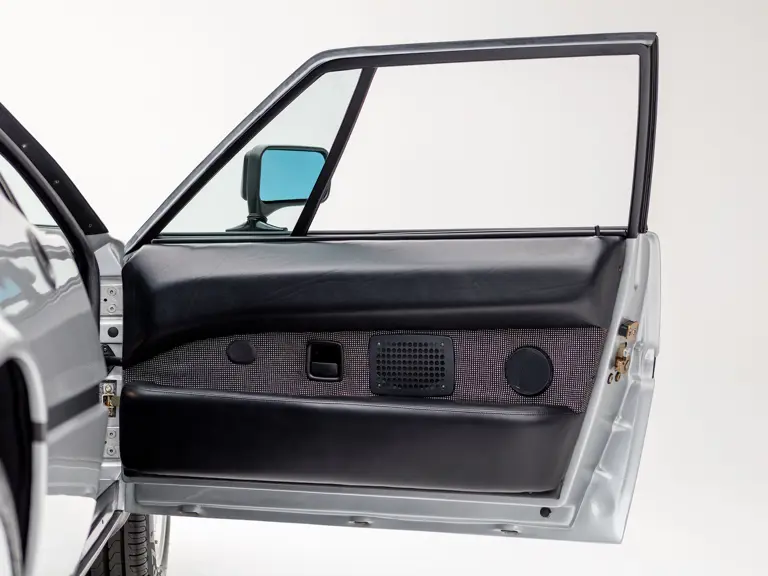

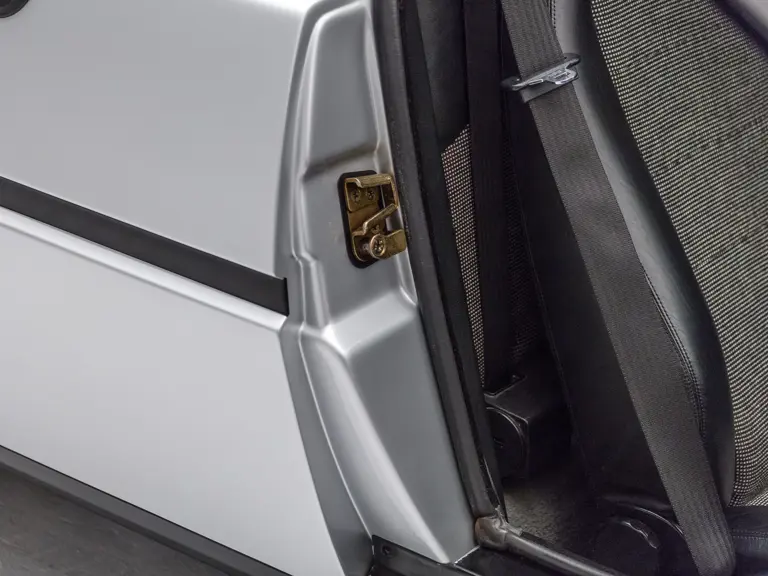
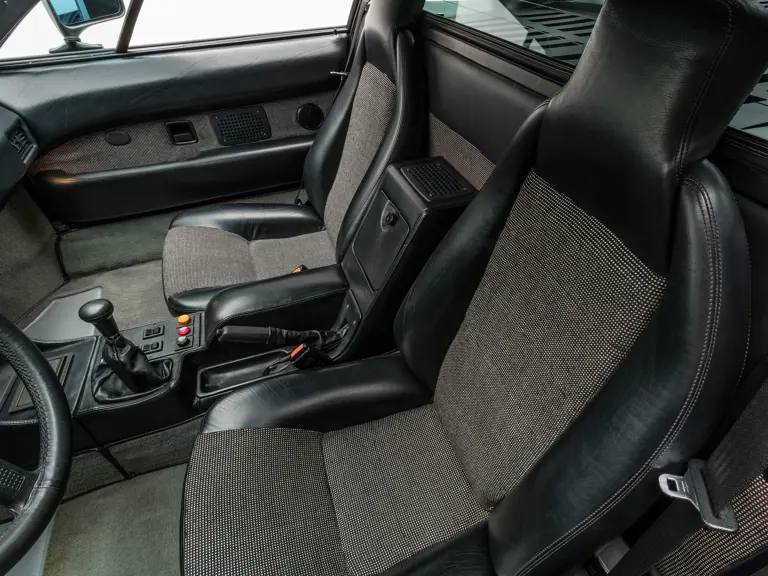
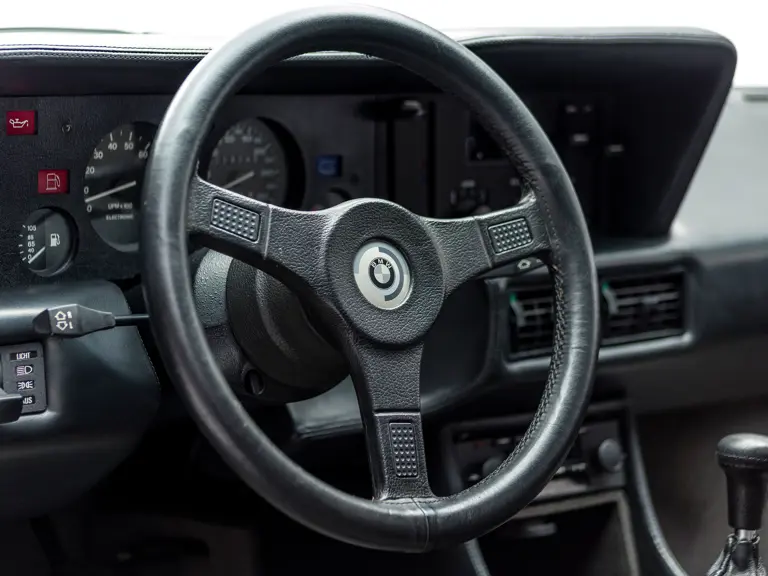
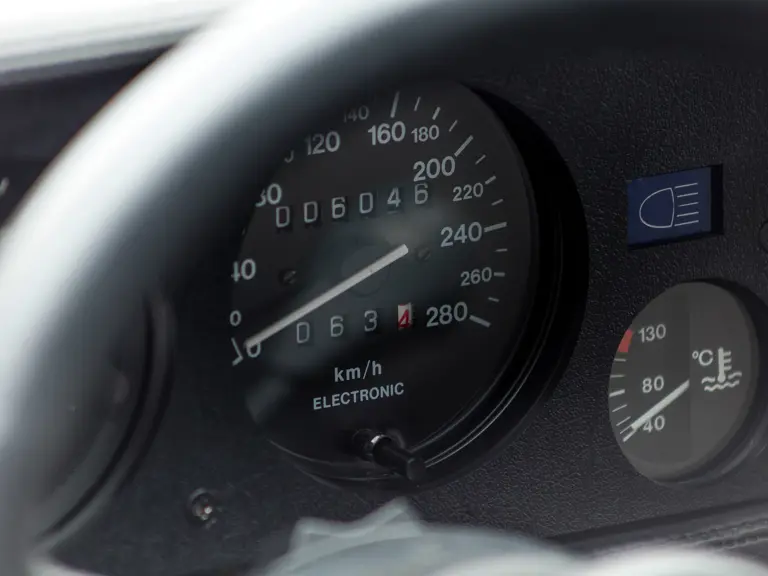

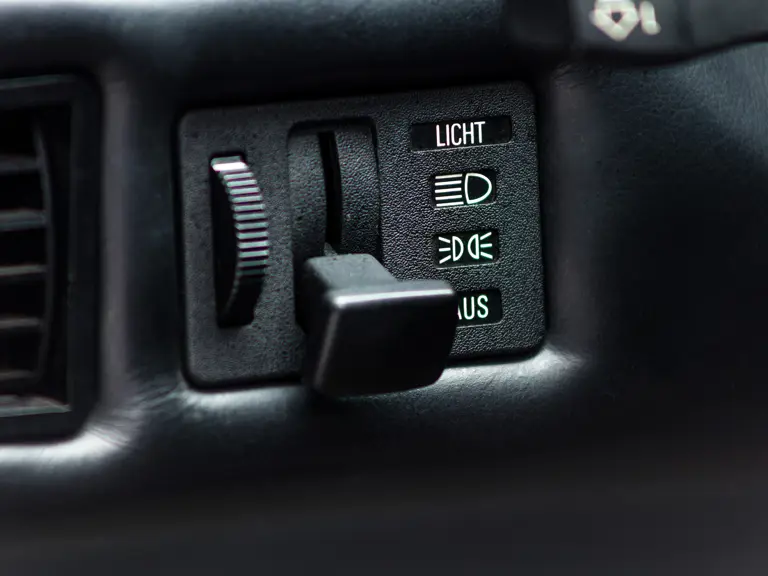
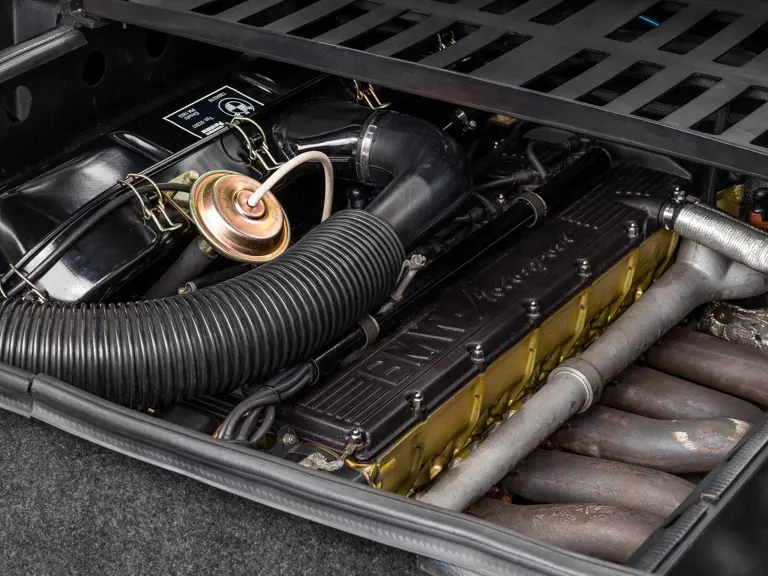
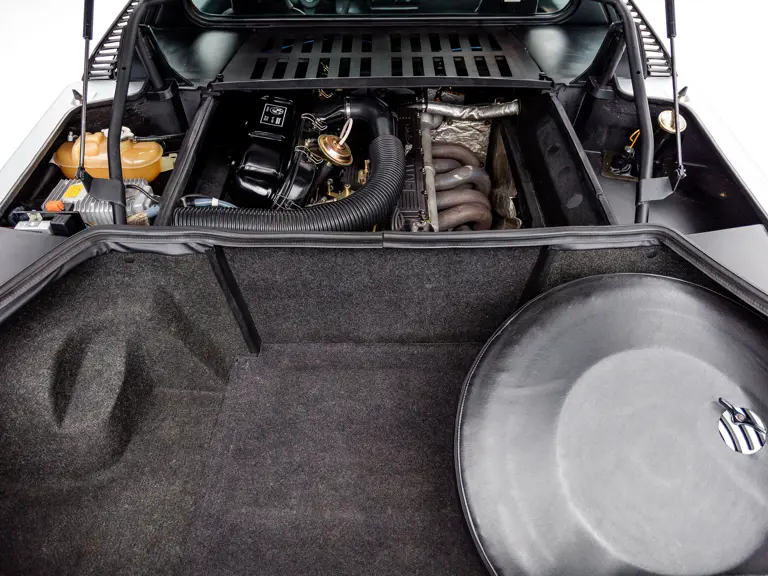
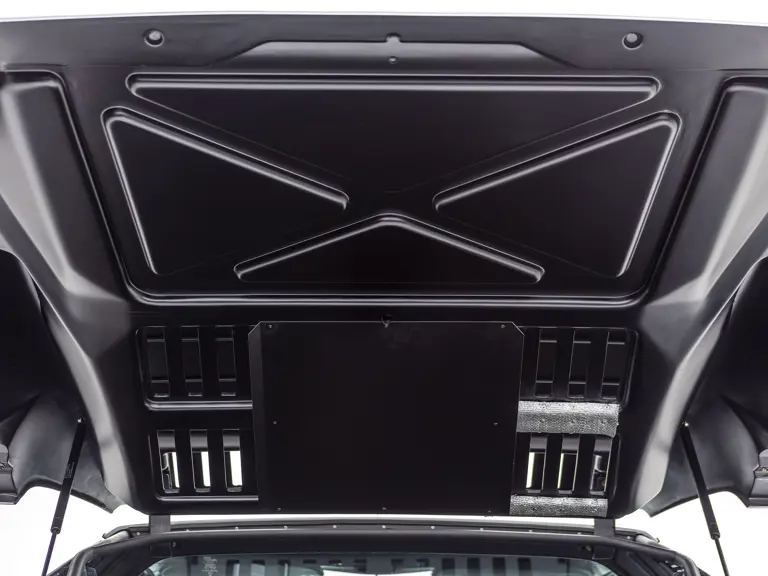


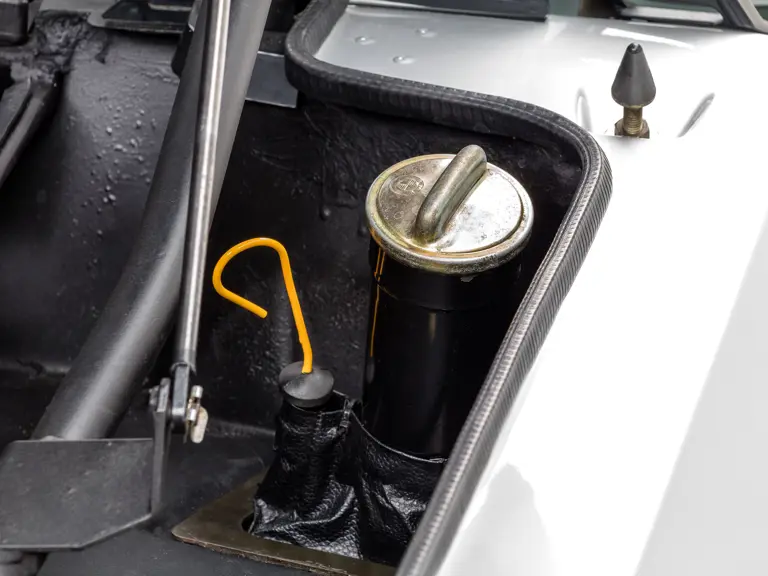



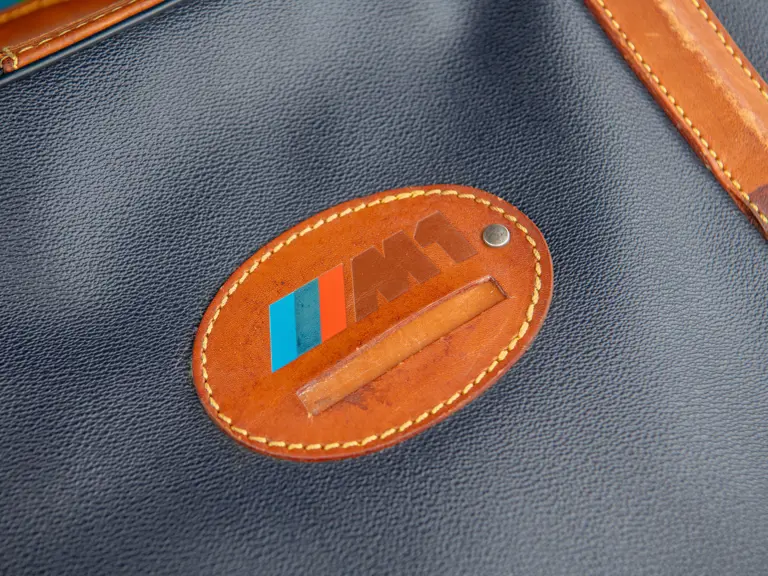
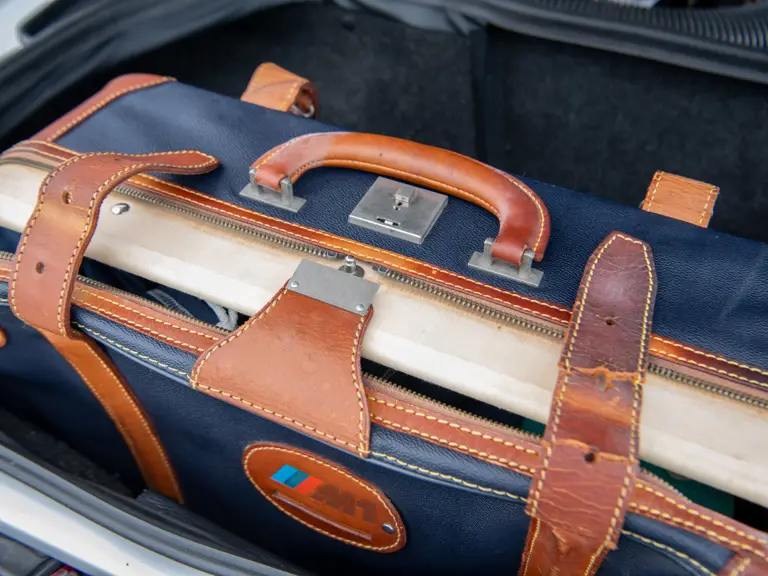

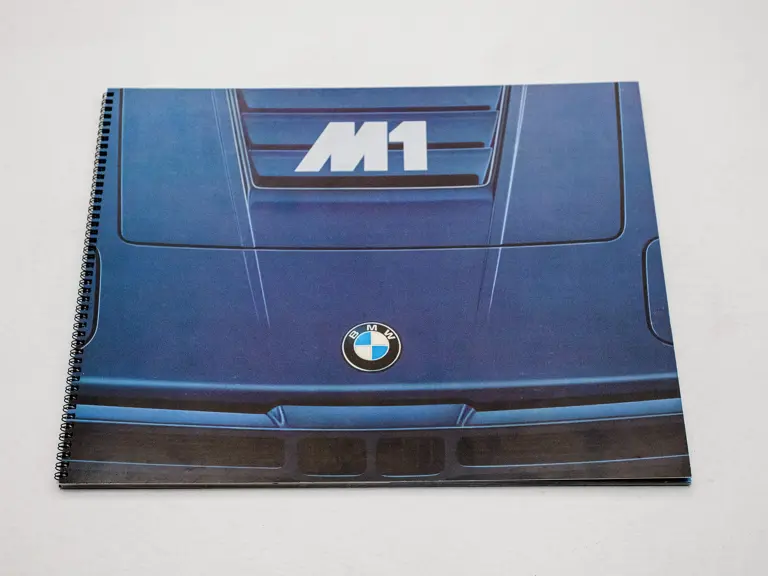

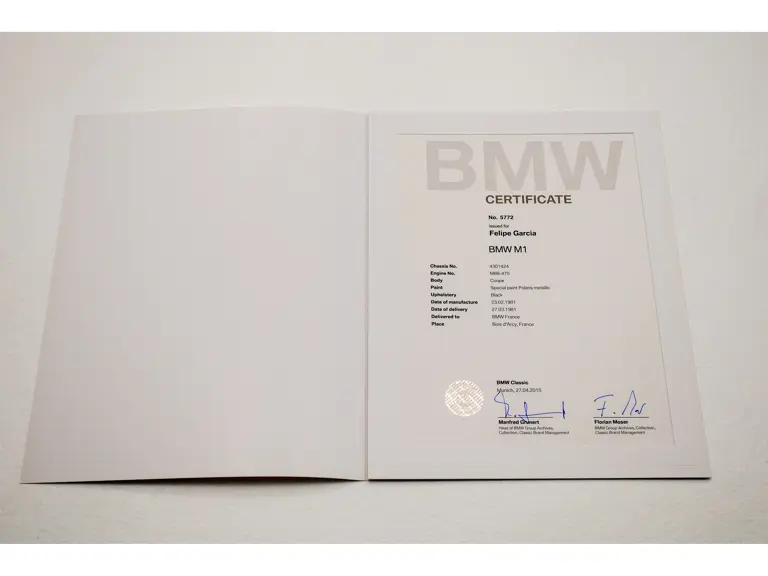
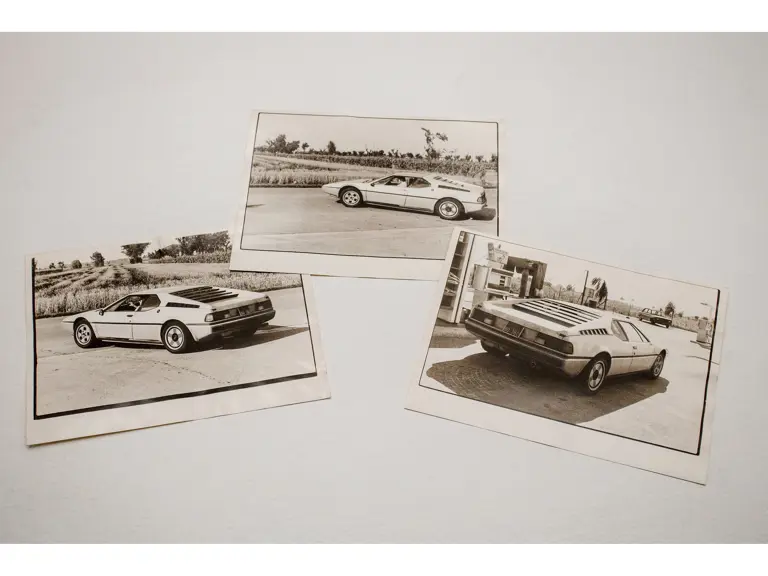

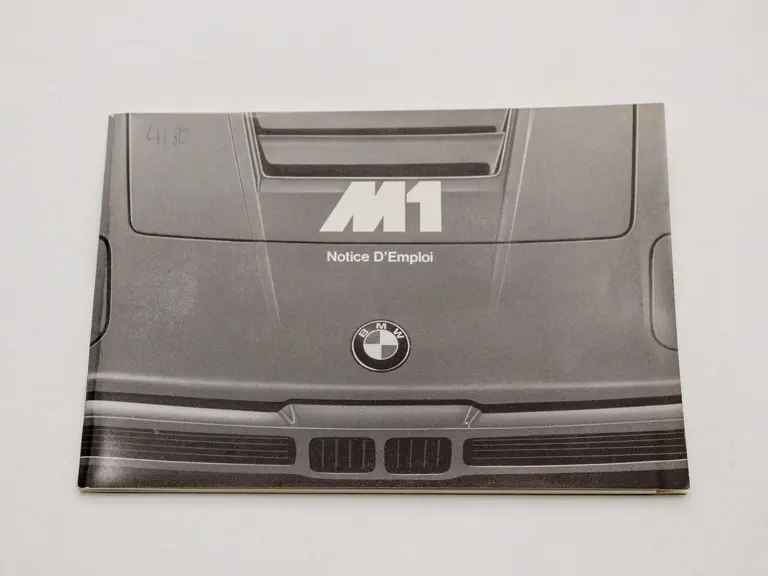

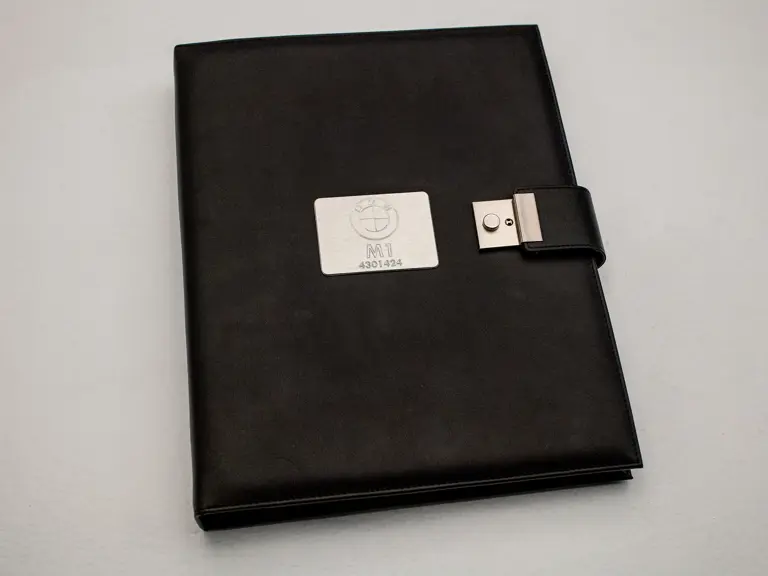
 | Coral Gables, Florida
| Coral Gables, Florida
